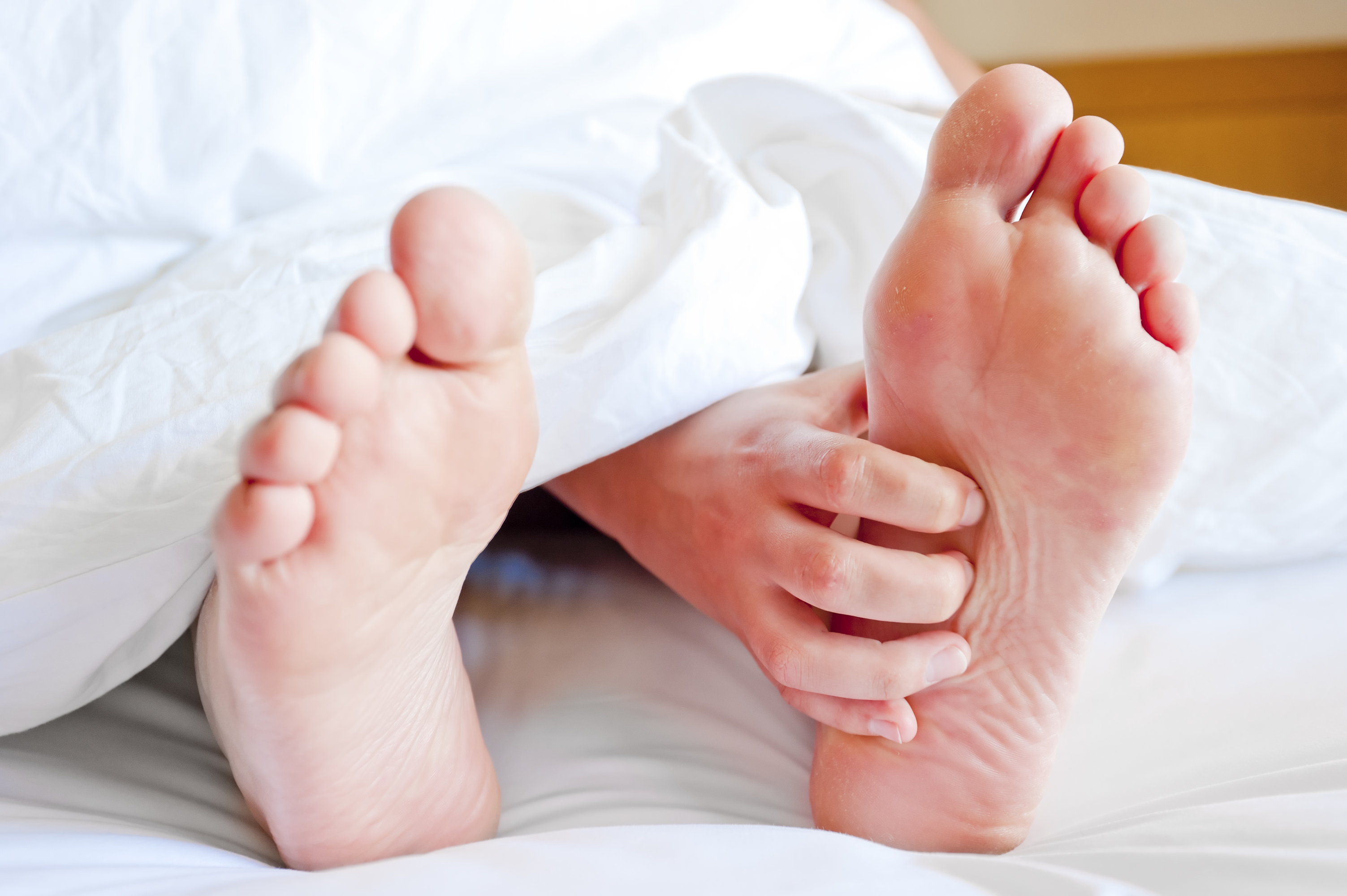
Periodic limb movements in sleep (PLMS)
People who suffer from PLMS experience involuntary and repetitive leg-jerking while sleeping. These movements can happen throughout the night and be a nuisance to your spouse. PLMS, like RLS, can cause daytime sleepiness and insomnia.
Overview
Periodic Limb Movements of Sleep (PLMS) is when your
legs or arms move when you're asleep. It happens every
10 to 60 seconds and is out of your control. There are
various ways this can happen such as flexing of the toe or
foot, bending of the ankle or knee or twitching of the hip.
This tends to occur over and over. It can last from a few
minutes to a few hours. PLMS is mainly seen in the first
third of the night, during the deepest type of sleep.
Often, the way people know that they have PLMS is when
their bed partner complains of being kicked. The blankets
may be all over the place in the morning. Some people
may move their legs in this way hundreds of times per
night. In some cases this can disrupt the sleep of the
person with PLMS or that of their bed partner. For others,
PLMS may not be a problem at all. It only needs to be
treated if it is causing a problem.
Important Things to Know About PLMS
- If you have PLMS, your legs or arms will move while you sleep, whether you want them to or not.
- Some people with PLMS wake up when they do this, others don’t.
- The kicking or jerking happens over and over, at least once a minute. It may go on for hours or just for a few minutes.
- PLMS can happen at any age, but it is more common in older people.
- If the PLMS doesn’t disturb you or your partner, you don't need to do anything about it.
- You can treat PLMS in the same way as Restless Legs Syndrome (RLS).
- A lot of people with RLS also have PLMS.
- To be sure that you have PLMS, a sleep study is needed.

